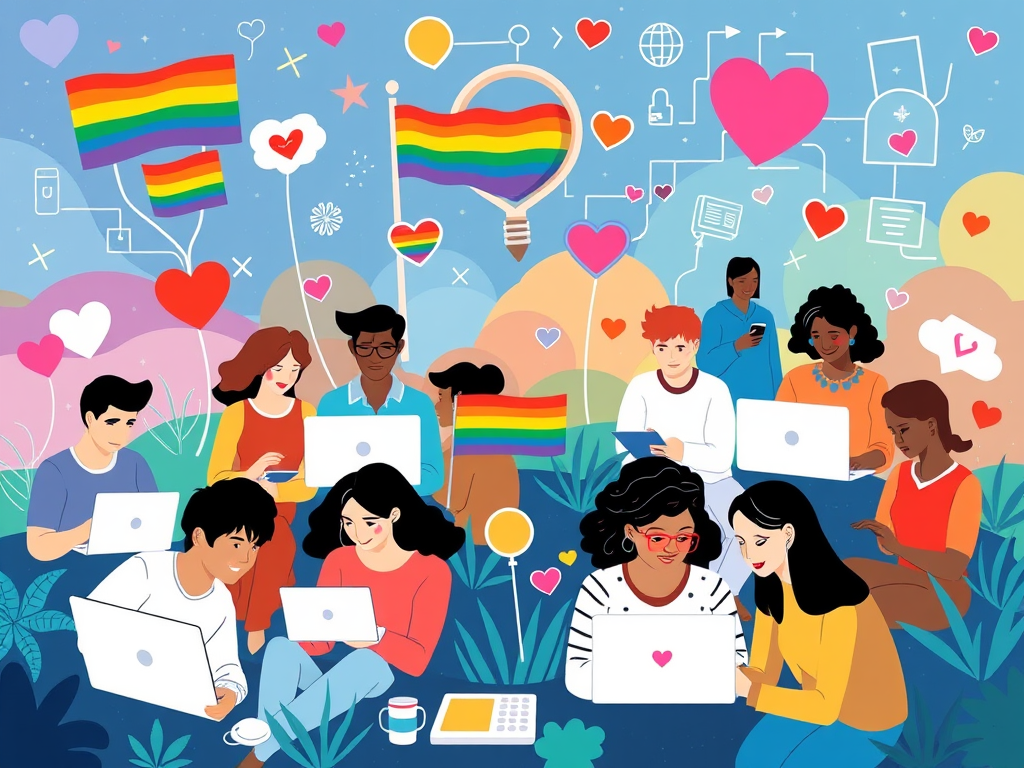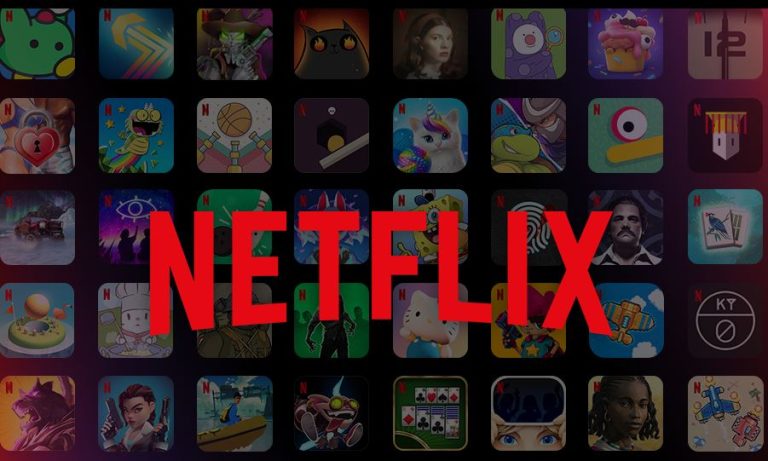Technology is more than a tool it’s a platform for empowerment, connection, and safety. As Pride Month celebrates identity and visibility, the spotlight is on how tech for LGBTQ+ inclusion is actively shaping safer digital spaces. From AI-driven content moderation to queer-led innovations, technology is evolving to better protect and uplift the LGBTQ+ community online.

Digital Harassment Demands Digital Solutions
Online hate and harassment have escalated, particularly targeting LGBTQ+ individuals on social platforms. However, technology companies are responding with smarter, more inclusive tools.
Platforms like YouTube, Reddit, and TikTok have improved their algorithms to detect and block homophobic and transphobic slurs. Meanwhile, X (formerly Twitter) has updated its community guidelines to offer clearer reporting options specific to LGBTQ+ hate speech.
But the most progress lies beyond mainstream platforms. Decentralized networks like Mastodon offer safe spaces through community-driven moderation, allowing queer communities to shape their own rules and values.
AI Moderation: Empowering Queer Voices
One major stride in tech for LGBTQ+ inclusion is the use of AI for proactive content moderation. Tools like Jigsaw’s Perspective API and Sentropy (now part of Discord) help platforms detect toxic behavior while minimizing false positives that could silence queer voices.
However, challenges remain. AI systems must be trained on inclusive data to avoid bias especially around gender identity and queer slang. Organizations like GLAAD are collaborating with developers to fine-tune these algorithms, ensuring they understand nuance without reinforcing stereotypes.
Queer-Centered Platforms Are Thriving
Not all solutions come from tech giants. Queer technologists are building platforms specifically designed for inclusion and safety.
Apps like Lex, a text-based social network for LGBTQ+ people, prioritize gender inclusivity and user consent. Qutie, a dating app, provides custom gender and pronoun options without forcing users into binary identities. These platforms are built from the ground up with safety, respect, and empowerment in mind.
Even mental health platforms are adapting. Apps like Wysa and Youper now offer affirming conversations and content tailored for LGBTQ+ users navigating identity and social stress.
Inclusive Design Matters
Design choices reflect values. Inclusive UX/UI is essential to making users feel welcome.
Some key practices gaining traction:
- Pronoun selection and custom gender fields.
- Avoiding gendered color schemes and stereotypes.
- Adding filters to avoid offensive or triggering content.
Tools like Figma and Adobe XD now feature templates that support inclusive design frameworks. Inclusive tech isn’t just ethical it’s becoming a design standard.
Digital Pride and the Power of Virtual Spaces
Pride is no longer limited to city streets. During the pandemic, virtual Pride events became lifelines. That trend continues as many marginalized users especially those in conservative areas attend digital marches, webinars, and performances in safe, affirming spaces.
Virtual reality (VR) platforms like AltspaceVR (until its sunset) and now Spatial and VRChat allow LGBTQ+ users to participate in immersive Pride experiences. These virtual spaces foster connection across borders something tech enables in a uniquely powerful way.
The Road Ahead: Ethical Tech, Inclusive Future
The push for tech for LGBTQ+ inclusion isn’t a one-time update it’s a long-term commitment. As more queer developers enter the industry and more users demand ethical tools, the tech world will continue to evolve.
For brands and developers, the message is clear: inclusion is not an add-on it’s a foundation. Designing for safety, representation, and respect will define the digital spaces of the future.
Conclusion
Pride Month reminds us that visibility and safety are human rights. With advances in moderation, inclusive design, and queer-led platforms, tech for LGBTQ+ inclusion is doing more than keeping up it’s leading the charge.
And in this digital age, a safer, more inclusive internet is just the beginning.







